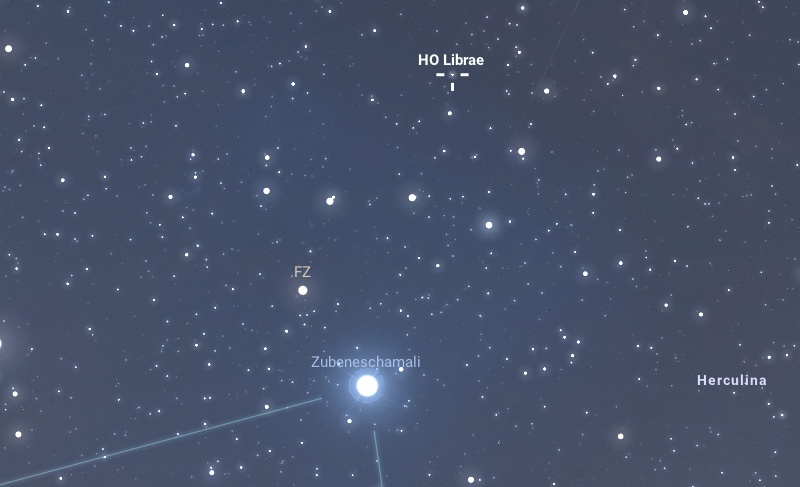Gliese 581g is an exoplanet located in the Gliese 581 system, approximately 20.3 light-years away from Earth in the constellation Libra. It was first announced to the public in 2010, sparking considerable interest due to its potential to support life. However, its existence has been a subject of controversy and debate among astronomers. Here are some key points about Gliese 581g:
Discovery
Gliese 581g was detected using the radial velocity method, which measures the small wobbles in a star’s motion caused by the gravitational pull of orbiting planets. It was one of several planets discovered orbiting the red dwarf star Gliese 581. Its orbital period is approximately 37 days.
Characteristics
Gliese 581g is believed to be a rocky planet with a mass about three to four times that of Earth. Given its size, it might feature various geological characteristics, such as mountains and valleys. It is speculated that the planet could have a thick atmosphere that might support the presence of water vapor, carbon dioxide, and possibly other gases. The composition of its atmosphere would significantly influence its climate and the possibility of liquid water on its surface.
Habitability
The discovery of Gliese 581g within the habitable zone raised speculation about its potential to support life. Its location, size, and estimated surface temperature suggested it could have conditions similar to Earth. However, the actual habitability of Gliese 581g remains uncertain, and further observations are needed to determine its atmospheric composition and surface characteristics.
Controversy
The existence of Gliese 581g has been controversial. Some studies have supported its existence, while others have questioned the reliability of the data and proposed alternative explanations for the observed signals. As a result, the existence of Gliese 581g remains unconfirmed by some astronomers.
Follow-up Observations
Follow-up observations of the Gliese 581 system have been conducted using various telescopes and instruments to search for additional evidence of Gliese 581g and to gather more information about its properties. These efforts continue to refine our understanding of the system and its potential for hosting habitable planets.
In summary, Gliese 581g is an exoplanet located in the habitable zone of its host star, making it an intriguing candidate for further study in the search for potentially habitable worlds beyond our solar system. However, its existence and habitability remain subjects of ongoing research and debate in the scientific community.
Visibility
Although Gliese 581g cannot be observed directly with amateur telescopes, it’s parent star is within telescopic range. Given its apparent magnitude of around 10.6, Gliese 581 is too dim to be seen with binoculars even under good sky conditions (i.e., minimal light pollution and clear skies). Any telescope will be able to observe Gliese 581 comfortably.
In the Northern Hemisphere, Gliese 581 is best visible during the spring and early summer months, specifically from April to July, with peak visibility around May and June. In the Southern Hemisphere, it can be seen during the autumn and winter months, specifically from March to August with May and June being the best months.





